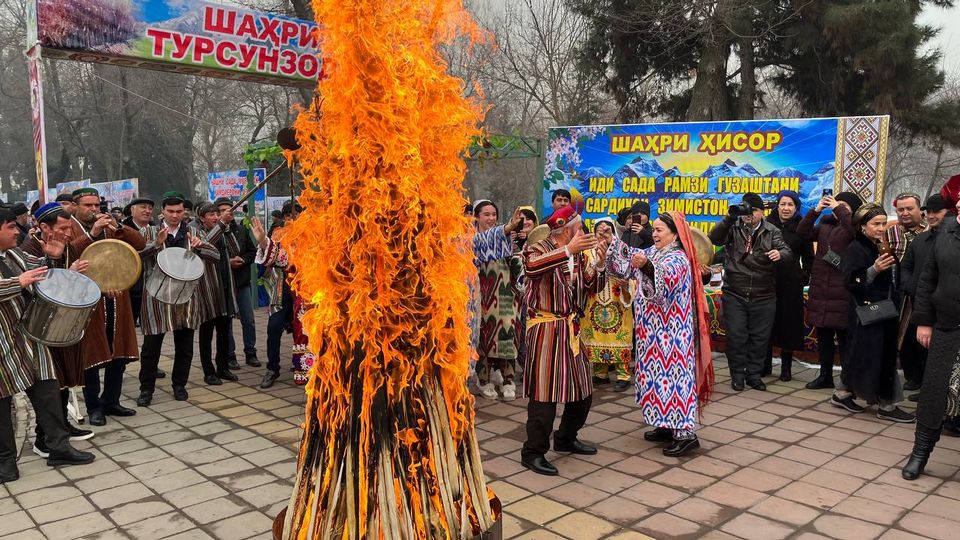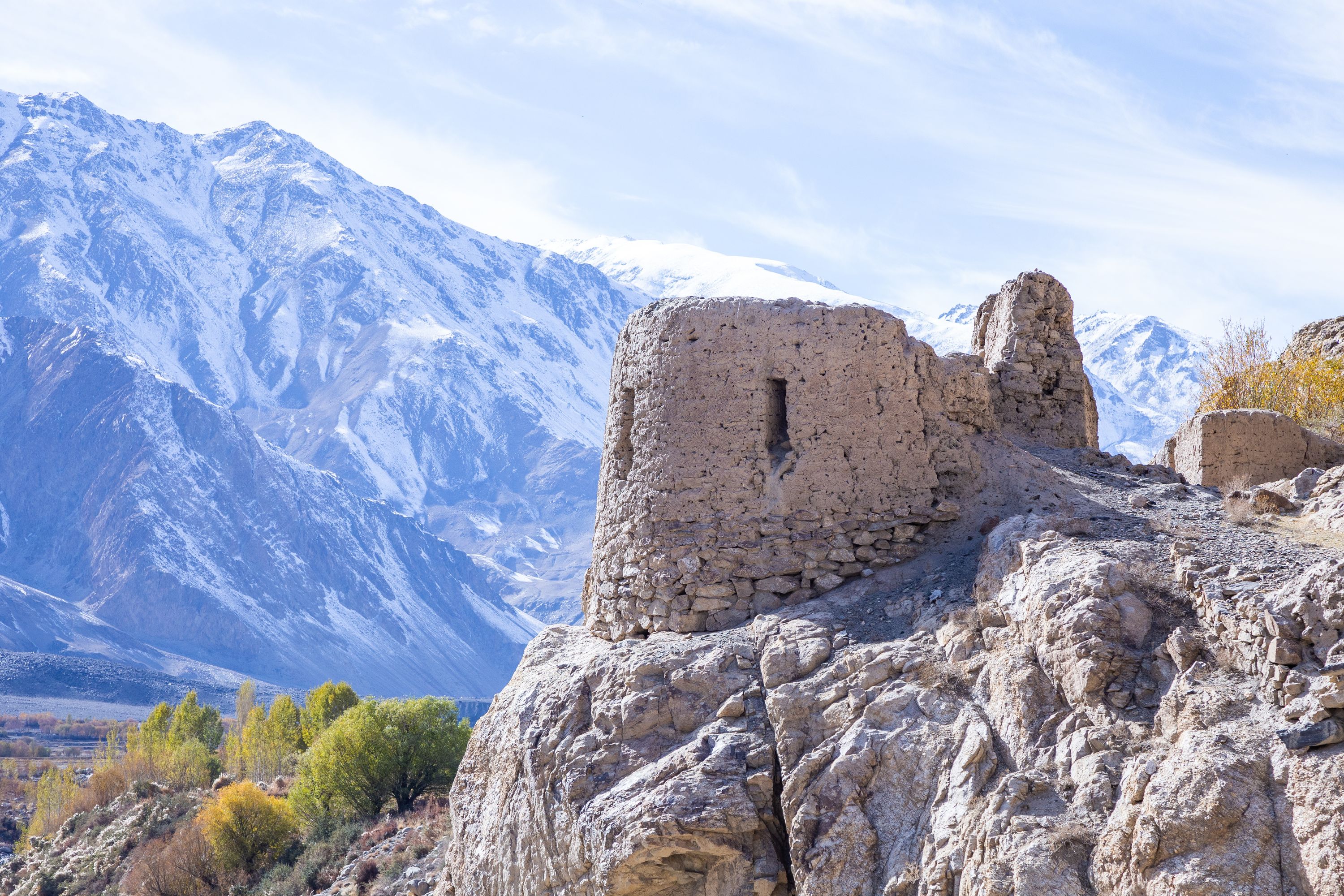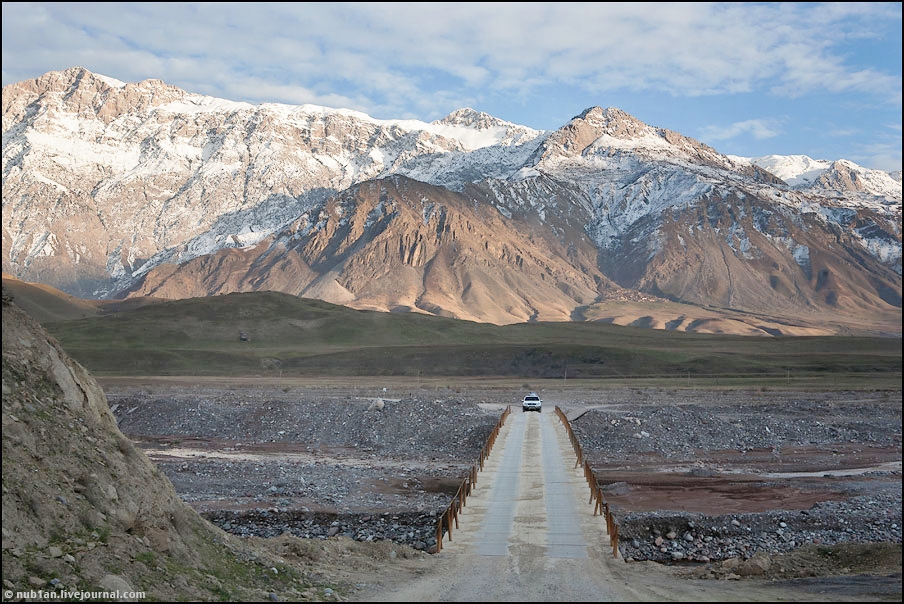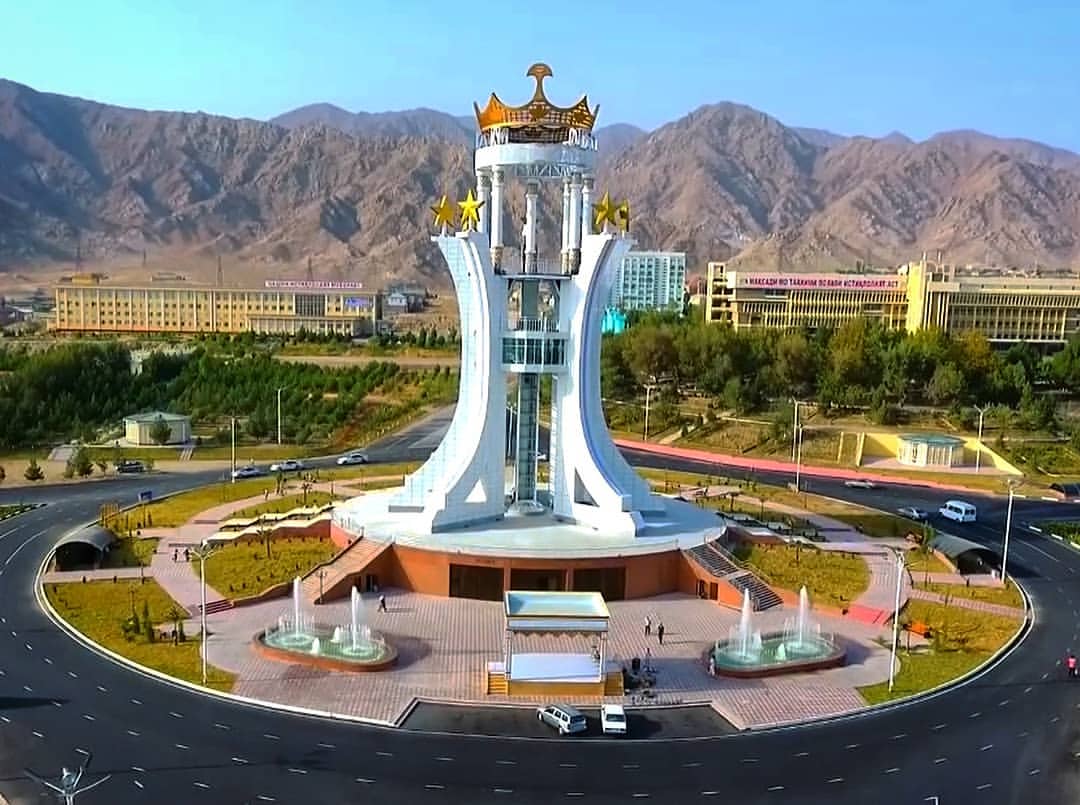This mausoleum is located on the banks of the Baljuvon River between the Sari Mazor and Toyir rivers, in the village of Sari Mazor of the village council named after Safar Amirshoev in the Baljuvon district. The building of the mausoleum has a rectangular shape and is made of burnt square tiles. The interior is currently plastered. The portal is arched, with strict proportions. The side walls are divided into three shallow niches, in the centre of which are lancet windows. There is a park with an old pane tree, believed to have been 600 years old. There are a large number of graves in the garden, which belong to the saints’ relatives, students and followers. The mausoleum has not been fully studied, but its construction dates back to the XIII century. While cleaning the area the workers can still found fragments of pottery. The mausoleum is named after the famous Persian poet and founder of the Sufi order Shah Nematullah Wali (1330-1249). Its construction dates back to XIII-XIV centuries A.D.

Legend of Shah Nimatullahi Wali
Born in the city of Kirman (Iran), Nimatullah travelled extensively to different parts of the Islamic world, including Mecca, Medina, Transoxania (Samarqand). He returned to his native city to establish a khaneqah in Mahan, Kerman. His teachings spread throughout Iran, India and Central with followers coming to visit him. Shah Nimatullah’s spiritual teaching encouraged everyone to seek the Truth, or path to God. He welcomed everyone who was rejected by other Sufi masters and tariqa. Nematullahi order spread from Iran to India, and Central Asia. Shah Nematulloi Wali died in 1430-1434.

Shah Nimatullah Wali is treated with the utmost respect and faith by the people in Khatlon and Badakhshan as a Sufi saint and scholar. The shrine and a mausoleum of Shah Nimatullahi Wali was built for him in his native city of Kirman. The mausoleum in the Baljuvon district of Khatlon attests to his popularity among his followers. Both of these magnificent and prosperous shrines become a special place of pilgrimage for the followers of Sufism as well as for ordinary visitors.
Gallery






Travelling to the Site
Visitors can reach this site travelling by car from Dushanbe. When reaching Danghara the car can turn towards the road connecting Danghara and Baljuwon.




















